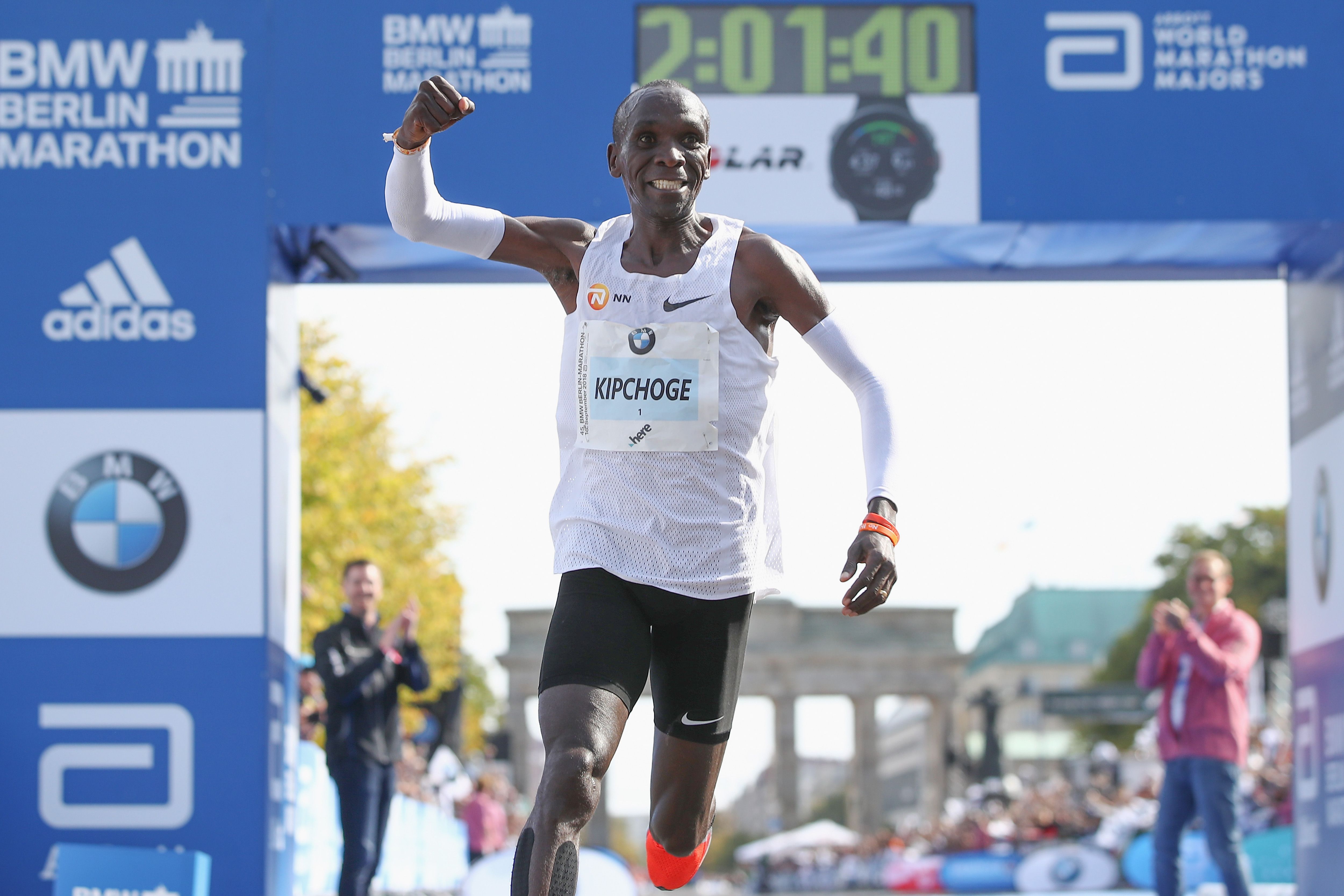


If you want to know how you look running, it’s pretty simple to videotape yourself running. Not sure where to start? Billington recommends video footage. Choose one element of running form to focus on, and practice that before moving on to the next.

The fundamental concepts that give them success, however, are translatable.” For example, while the average person may not be able to have their heels nearly touch their glutes with every stride like Kipchoge, they can work on hip flexor mobility and core strength to ensure that each stride is more efficient. Trying to adopt Kipchoge’s form won’t be sustainable for folks who haven’t trained appropriately to maintain it. “All running form is dependent upon your body and your strengths. However, that doesn’t mean you should overhaul your form overnight, said Billington. He has a mid-foot strike, his feet land directly below his knees so he’s not overstriding, and he has a flawless forward lean that goes from ankles to head.”Īnyone who wants a faster run split could certainly benefit from focusing on form. “He is everything your coach tells you to do. “What is unique about Eliud’s run form is how fundamentally perfect it is,” Billington said. Billington, who holds a 2:15:31 marathon PR, knows how to become a faster runner, and a lot of it boils down to “run like Kipchoge.” Here’s how: The Form So how do you take the lessons from Kipchoge’s masterclass and apply it to your own training and racing? We asked Greg Billington, 2016 Olympic triathlete, 2021 Paralympic triathlon guide, 2019 San Francisco Marathon champion, and Olympic trials qualifier in the marathon to break down the lessons from Kipchoge’s victory.

In comparison, Jan Frodeno’s 2:44:21 marathon at the Battle Royale in Allgäu, where he set a world record for fastest-ever Iron-distance race, seems sluggish. The legend now holds two of the top five fastest times ever posted in Olympic marathons, and he can go even faster – his PR is the world record time of 2:01:39, set at the 2018 Berlin Marathon. The instructor: 36 year-old Eliud Kipchoge of Kenya, who covered the 26.2 mile course in Sapporo in 2:08:38 to win the race and his second consecutive Olympic gold. If you watched the men’s Olympic marathon race, you had a front-row seat to a master class in running.


 0 kommentar(er)
0 kommentar(er)
